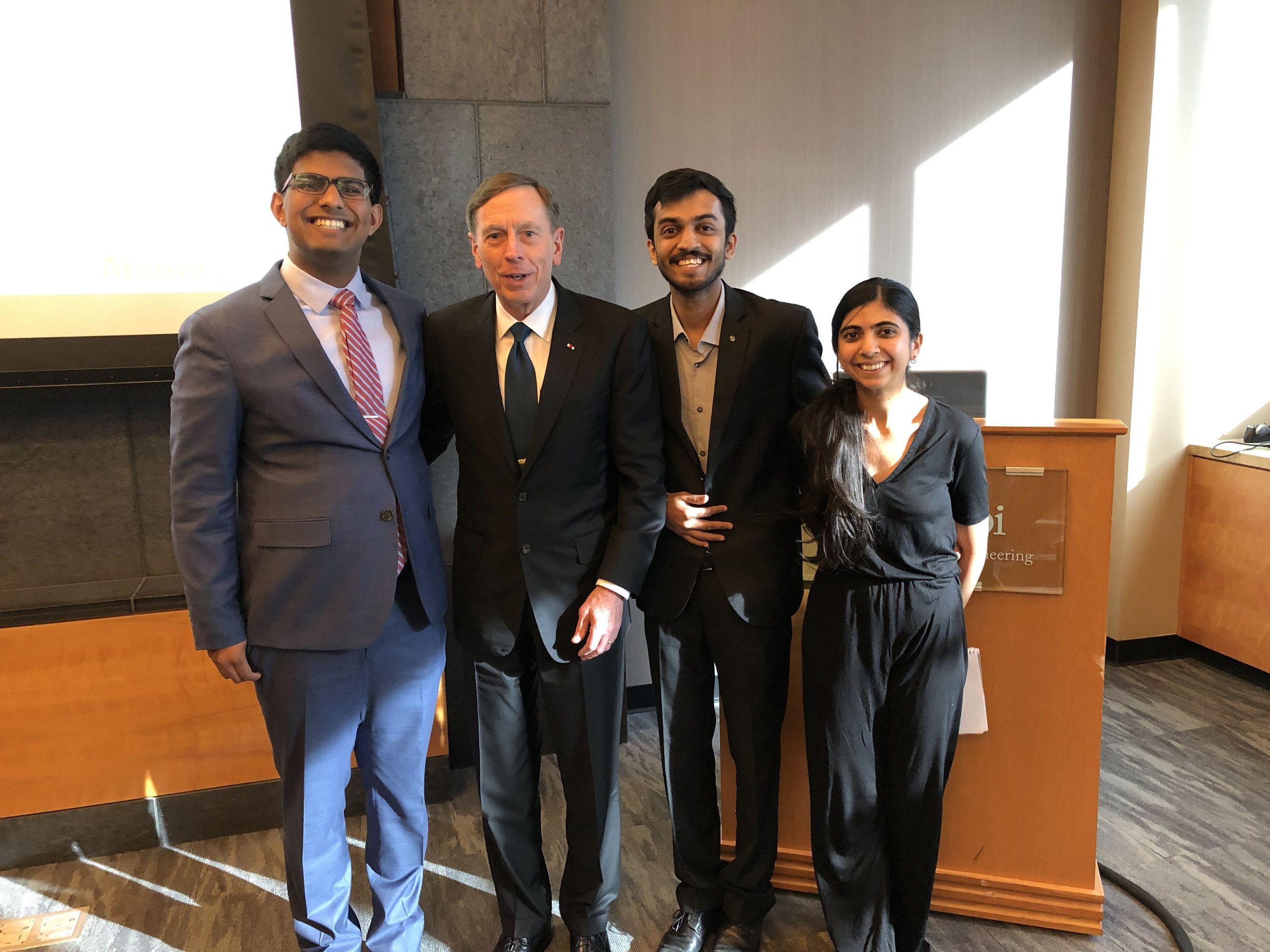One major highlight of the event was the key note speech by Tim Ellis, cofounder and CEO of Relativity Space. Relativity 3D prints rockets which is absolutely crazy. During his keynote he talked about his experience as a student entrepreneur starting his company including a crazy story of how he got his first investor, Mark Cuban, through a cold email. He then presented the most recent deck Relativity had used when it had closed its 140 million dollar Series C round.
One thing he emphasized during the presentation was how influential going through YCombinator, the famed startup accelerator, was in his journey building his company. After the presentation when I had the opportunity to pitch my company to him he was so impressed at the problem our team was solving in the 3D printing space that he offered to write me a letter of recommendation to YCombinator. This was probably the highlight of the day given how involved in the 3D printing space Tim is.
Some other major highlights from the event included seeing other startups in the USC ecosystem. My 3 favorites from the event were:
1) Hatch Credit - A free way for college students to improve their credit scores using existing subscriptions like Netflix, Spotify, and rent payments
2) Rally - A social media platform that allows users to be directly connected with the social issues that they care about.
3) Volv - A modern news app that consolidates each story into 9 seconds. This is so well designed I’ve been using it on my iPhone everyday since Demo Day.
Overall I had an amazing time at Demo Day 2020. Special thanks to the amazing team at Troy Labs and James Bottom for putting this event together.















